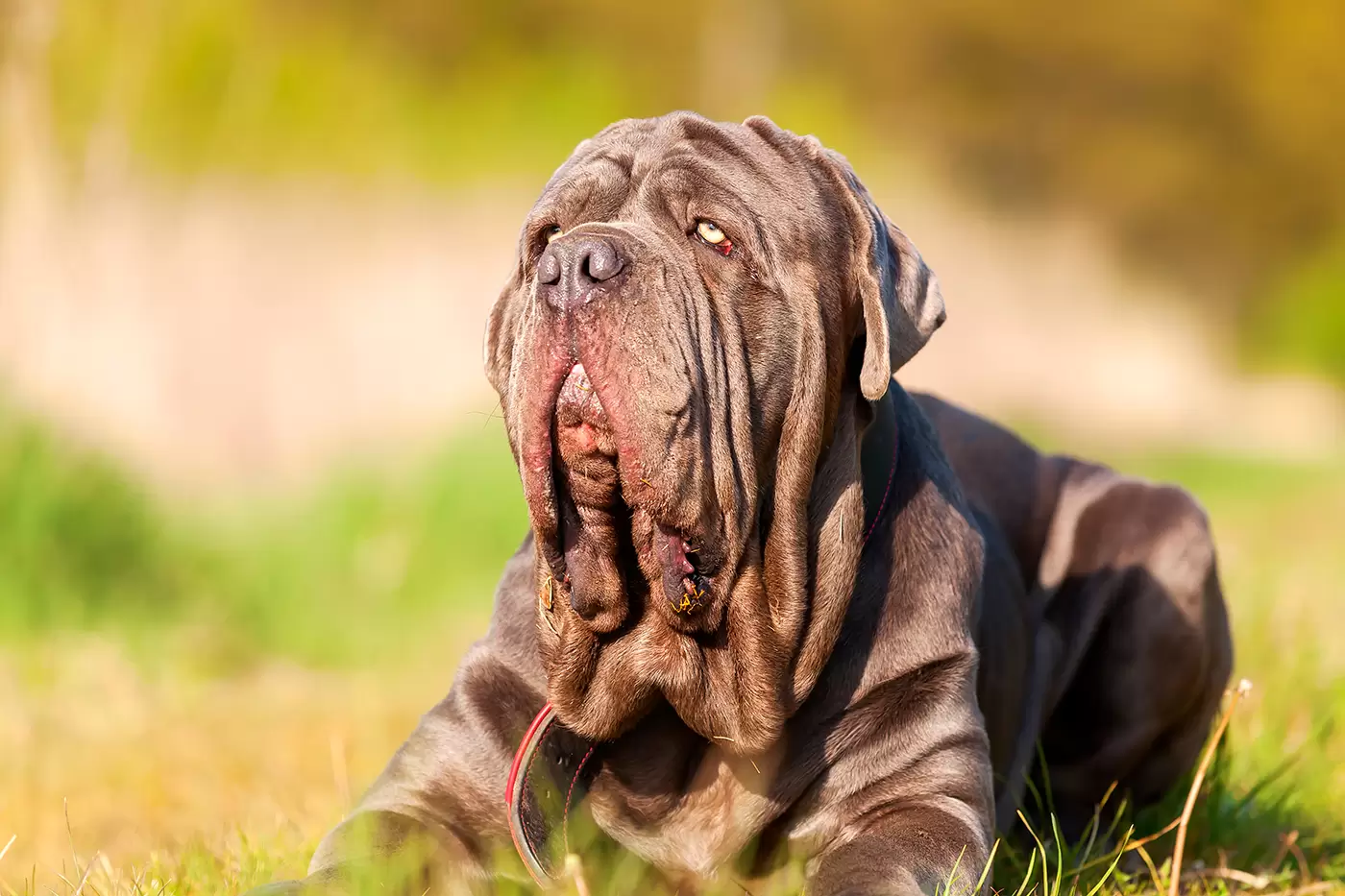Pepperoni, the quintessential topping for a classic pizza, is often associated with the modern American pizza experience. However, its origins and development are deeply rooted in traditional Old World charcuterie practices. Old World pepperoni represents a time-honored tradition of meat curing and spicing that has evolved over centuries. This article explores the history, craftsmanship, and culinary significance of Old World pepperoni, shedding light on its journey from ancient times to its place in contemporary cuisine.
The Origins of Pepperoni
1. Historical Background
Pepperoni’s story begins in ancient Europe, where the practice of curing meat was already well established. The concept of preserving meat through salting and spicing dates back to ancient civilizations, including the Romans and Greeks, who used various methods to ensure the longevity of their food supplies.
- Ancient Practices: The Romans were known for their advanced meat preservation techniques, which involved salting and drying. These methods laid the groundwork for many cured meats we enjoy today, including pepperoni.
- Medieval Europe: During the medieval period, meat curing became more refined. In regions like Italy, charcuterie traditions were honed, leading to the creation of various cured meats, including early forms of salami.
2. The Evolution of Pepperoni
The term “pepperoni” itself has Italian roots, derived from the Italian word “peperoni,” which means “peppers.” The name reflects the use of spicy peppers in the seasoning process, a hallmark of this distinctive salami.
- Italian Influence: Italian immigrants brought their culinary traditions to the United States in the late 19th and early 20th centuries. This included their expertise in meat curing and seasoning, which played a crucial role in the development of American pepperoni.
- American Adaptation: In the United States, pepperoni evolved to suit local tastes and production methods. The American version of pepperoni became a staple in pizzerias and delis, characterized by its spicy, smoky flavor and distinctive texture.
The Craftsmanship Behind Old World Pepperoni
1. Ingredients and Seasoning
Old World pepperoni is distinguished by its use of high-quality ingredients and traditional seasoning methods. The craftsmanship involved in making this salami is a testament to the skill and dedication of its creators.
- Meat Selection: Traditional pepperoni is made from a blend of pork and beef. The choice of meat cuts is crucial, as it affects the texture and flavor of the final product. The meat is carefully selected and ground to the desired consistency.
- Spices and Flavorings: The seasoning blend for Old World pepperoni typically includes paprika, garlic, fennel seeds, and black pepper. These spices are chosen for their ability to complement the meat’s natural flavors and create a distinctive taste profile.
- Curing Agents: Curing agents, such as salt and nitrates, are used to preserve the meat and develop its flavor. The curing process involves mixing these agents with the meat and allowing it to ferment and age over time.
2. The Curing Process
The curing process is a critical step in the production of Old World pepperoni. It involves several stages, each of which contributes to the salami’s unique characteristics.
- Mixing and Stuffing: The ground meat and seasoning are mixed thoroughly to ensure an even distribution of flavors. The mixture is then stuffed into casings, typically made from natural or synthetic materials.
- Fermentation: Once stuffed, the pepperoni is left to ferment at a controlled temperature and humidity. Fermentation is essential for developing the salami’s tangy flavor and tender texture.
- Aging: After fermentation, the pepperoni is aged for several weeks or months. During this time, the flavors continue to develop, and the salami becomes firmer and more flavorful.
Old World Pepperoni vs. Modern Variations
1. Traditional Characteristics
Old World pepperoni is characterized by its traditional production methods and authentic flavor profile. Key characteristics include:
- Flavor: Old World pepperoni has a rich, complex flavor that comes from the blend of spices and the fermentation process. It often has a balance of spicy, smoky, and tangy notes.
- Texture: The texture of Old World pepperoni is typically firm and slightly chewy, with a well-defined fat-to-meat ratio. This texture is achieved through careful grinding and aging.
- Appearance: The appearance of Old World pepperoni is distinct, with a deep red color and a uniform, fine texture. The casing may be slightly wrinkled due to the aging process.
2. Modern Variations
Modern pepperoni has evolved to meet contemporary tastes and production methods. While still flavorful, modern variations often differ from their Old World counterparts in several ways:
- Flavor Profile: Some modern pepperoni may be milder or more homogenized in flavor, as producers aim to appeal to a broader audience. This can result in a less complex taste compared to traditional versions.
- Texture: Advances in technology and production methods have led to changes in texture. Modern pepperoni may be more uniform and less chewy than Old World varieties.
- Ingredients: Modern pepperoni may include additional ingredients, such as preservatives or artificial flavors, to enhance shelf life and consistency. This can affect the overall flavor and quality of the product.
The Culinary Significance of Old World Pepperoni
1. Culinary Uses
Old World pepperoni remains a beloved ingredient in various dishes, cherished for its distinctive flavor and texture. Its culinary applications extend beyond pizza, showcasing its versatility.
- Pizza: The most iconic use of pepperoni is as a topping for pizza. Its spicy, smoky flavor complements the cheese and tomato sauce, creating a classic combination.
- Sandwiches: Pepperoni is often used in sandwiches and subs, where its bold flavor adds depth and interest to the filling.
- Charcuterie Boards: As part of a charcuterie board, Old World pepperoni pairs well with cheeses, olives, and crusty bread, offering a savory and satisfying addition to the spread.
2. Cultural and Historical Significance
Old World pepperoni reflects a rich cultural and historical heritage. Its origins in ancient meat-curing practices and its development through Italian-American traditions contribute to its cultural significance.
- Italian Heritage: The pepperoni-making tradition is deeply rooted in Italian culinary practices, reflecting the country’s rich history of charcuterie and meat preservation.
- American Influence: The adaptation of pepperoni in the United States highlights the influence of Italian immigrants on American cuisine. Pepperoni has become a symbol of Italian-American fusion, representing a melding of culinary traditions.
The Future of Old World Pepperoni
1. Preservation of Tradition
As culinary trends evolve, there is a growing interest in preserving traditional food practices. Old World pepperoni continues to be celebrated by enthusiasts and artisans who value its historical and cultural significance.
- Artisanal Production: Many producers are dedicated to maintaining traditional methods of pepperoni production, ensuring that the authentic flavor and craftsmanship are preserved.
- Culinary Heritage: Efforts to preserve culinary heritage include promoting traditional recipes and techniques, as well as educating consumers about the history and significance of Old World pepperoni.
2. Innovations and Adaptations
While traditional methods are valued, there is also room for innovation and adaptation in the production of pepperoni. Modern techniques and ingredients may offer new possibilities for enhancing or diversifying the product.
- Health-Conscious Variations: Some producers are exploring healthier alternatives to traditional pepperoni, such as lower-fat or nitrate-free options, while still aiming to retain the classic flavor profile.
- Global Influences: As global cuisine continues to influence culinary practices, pepperoni may be incorporated into new and diverse dishes, expanding its reach beyond traditional applications.
Conclusion
Old World pepperoni represents a rich tapestry of history, craftsmanship, and culinary tradition. From its origins in ancient meat-curing practices to its place in modern cuisine, this beloved salami embodies the art of charcuterie and the legacy of Italian-American culinary heritage.
The craftsmanship involved in making Old World pepperoni, with its meticulous seasoning and curing processes, highlights the dedication and skill of its producers. Whether enjoyed as a classic pizza topping or as part of a charcuterie board, Old World pepperoni continues to captivate with its distinctive flavor and texture.
As we look to the future, the preservation of traditional methods and the exploration of new innovations will ensure that Old World pepperoni remains a cherished and dynamic component of culinary culture. Its enduring appeal serves as a testament to the timeless artistry of meat curing and the rich heritage that continues to inspire and delight food enthusiasts around the world.



